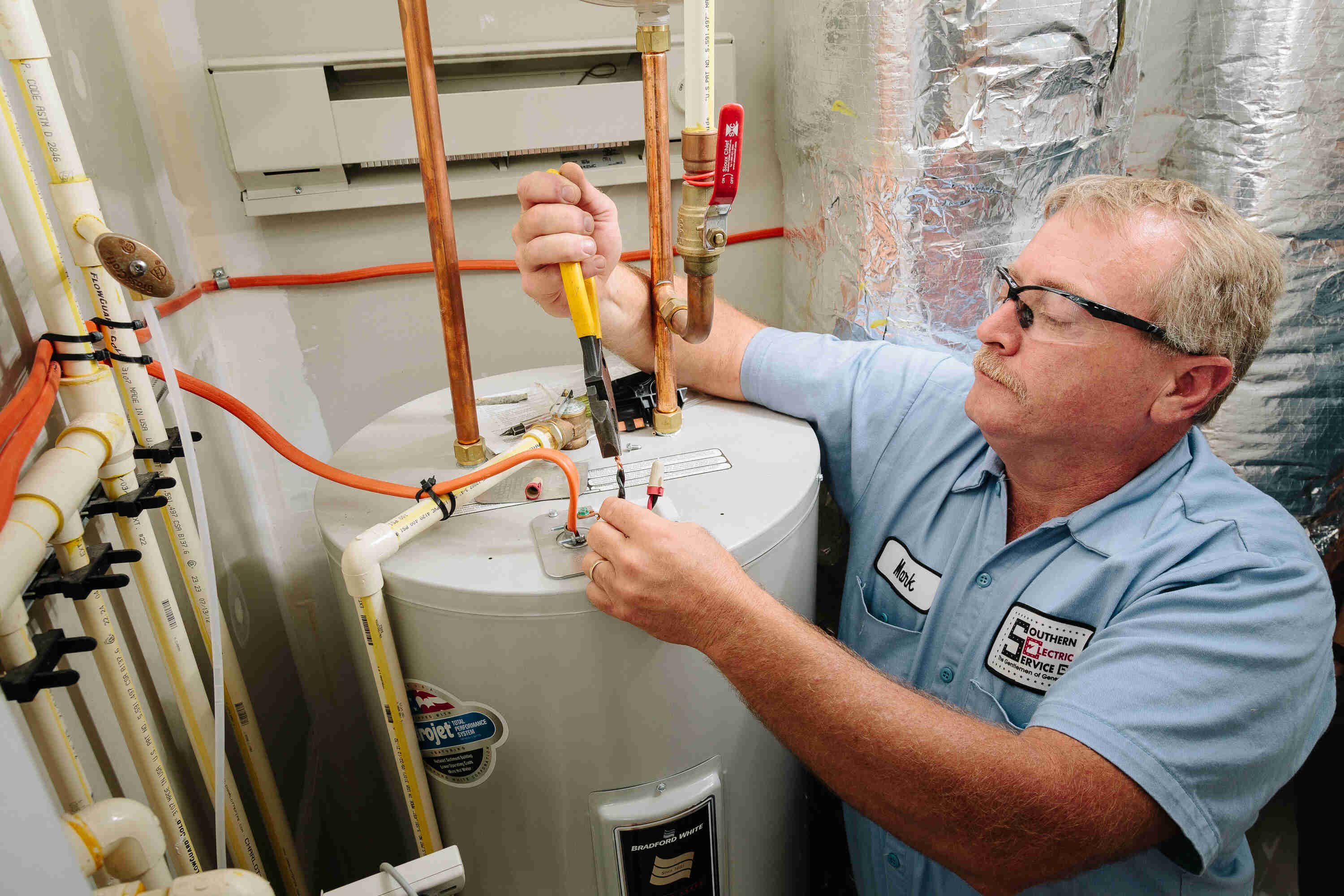Steps on How to Maintain Your Home's Hot Water System Properly
Steps on How to Maintain Your Home's Hot Water System Properly
Blog Article
What are your concepts about Tips For Maintaining Your Hot Water Heater?

Warm water is necessary for everyday comfort, whether it's for a revitalizing shower or cleaning meals. To ensure your warm water system runs effectively and lasts longer, normal maintenance is key. This write-up supplies useful pointers and understandings on exactly how to maintain your home's warm water system to avoid disruptions and pricey repair services.
Intro
Preserving your home's hot water system could seem challenging, but with a couple of simple actions, you can ensure it runs efficiently for years to come. This guide covers every little thing from recognizing your hot water system to do it yourself maintenance tips and recognizing when to call in specialist assistance.
Significance of Keeping Your Warm Water System
Regular upkeep not only prolongs the lifespan of your warm water system but additionally ensures it runs successfully. Disregarding maintenance can lead to lowered efficiency, higher power bills, and even early failure of the system.
Signs Your Hot Water System Demands Upkeep
Knowing when your hot water system requires focus can prevent major problems. Keep an eye out for signs such as inconsistent water temperature level, odd sounds from the heater, or corroded water.
Recognizing Your Warm Water System
Prior to diving right into upkeep jobs, it's valuable to understand the basic parts of your warm water system. Typically, this consists of the hot water heater itself, pipelines, anode poles, and temperature controls.
Month-to-month Upkeep Tasks
Normal regular monthly checks can aid capture minor problems prior to they rise.
Purging the Water Heater
Flushing your water heater eliminates debris buildup, boosting efficiency and lengthening its life.
Checking and Replacing Anode Rods
Anode rods protect against rust inside the container. Examining and replacing them when broken is important.
Inspecting and Readjusting Temperature Settings
Adjusting the temperature setups makes sure optimal performance and safety and security.
Do It Yourself Tips for Maintenance
You can do numerous upkeep tasks yourself to maintain your hot water system in top condition.
Checking for Leaks
Regularly examine pipelines and connections for leakages, as these can lead to water damage and higher expenses.
Examining Pressure Alleviation Valves
Testing the pressure relief valve ensures it works appropriately and protects against too much stress build-up.
Shielding Pipelines
Shielding hot water pipes decreases warmth loss and can save power.
When to Call an Expert
While DIY upkeep is beneficial, some issues need expert proficiency.
Complicated Concerns Needing Specialist Aid
Instances consist of major leakages, electrical problems, or if your water heater is constantly underperforming.
Routine Specialist Upkeep Perks
Specialist upkeep can consist of detailed assessments, tune-ups, and making sure compliance with safety and security criteria.
Final thought
Routine maintenance of your home's warm water system is necessary for effectiveness, durability, and price financial savings. By adhering to these ideas and knowing when to look for professional aid, you can make certain a reputable supply of hot water without unexpected disruptions.
Water Heater Maintenance Tips
Test the TPR Valve
Shut off the power and the cold-water supply valve. Place a bucket under the pipe connected to the temperature-pressure-release (TPR) valve on the top or side of the tank. (This valve opens if the tank pressure gets too high.) Lift the valve’s tab to let some water out, then let go. If water keeps flowing, drain the tank partway, unscrew the old valve with a pipe wrench, and install a new one. Check the Anode Rod
Put a hose to the tank’s drain cock and let out a few gallons of water. Now fit a 1 1/16-inch socket onto the rod’s hex head on top of the heater (or under its top plate) and unscrew the rod. If it’s less than ½ inch thick or coated with calcium, buy a new one, wrap its threads with Teflon tape, put it back in the tank, and tighten securely. Use this segmented rod if headroom above the tank is limited. Drain the Tank and Wash Out Sediment
Drain the remaining water in the tank into the bucket, then stir up the sediment on the tank’s bottom by briefly opening the cold-water supply valve. Drain and repeat until clean water comes out of the hose. Close the drain cock, refill the tank, and turn its power back on. Adjust the Temperature
Find the temperature dial on the side of the tank and unscrew its cover. Adjust the dial to 120 degrees using a flathead screwdriver. For every 10 degrees the temperature is lowered, you can expect to save up to 5 percent in energy costs. Turn the water heater off or the thermostat down to its lowest setting if you plan to be away from home for more than three days. Insulate the Pipes
Buy some self-sticking 3/8-inch-thick foam pipe insulation that matches the pipes’ diameter. Slide the foam over the hot-and cold-water pipes as far as you can reach. Insulating the cold-water pipe prevents condensation in summer. Peel the tape and squeeze the insulation closed. If the pipe is 6 inches or less from the flue, cover it with 1-inch-thick unfaced fiberglass pipe wrap. https://www.thisoldhouse.com/plumbing/21016402/how-to-maintain-a-water-heater

I am very fascinated by Tips For Maintaining Your Hot Water Heater and I really hope you enjoyed my piece. Liked our piece? Please share it. Help someone else discover it. I take joy in reading our article about Water Heater Maintenance Tips You Can't Afford to Forget.
View More Report this page